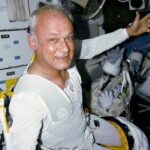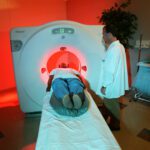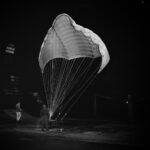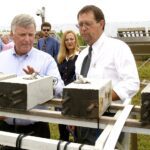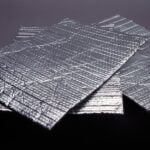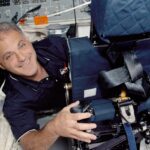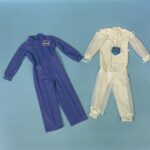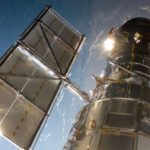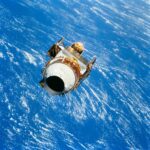Space Technology Hall of Fame Inductees
The Space Technology Hall of Fame® comprises many extraordinary innovations — all derived from or significantly improved by space research or exploration. To nominate a technology, please visit our Nominate a Technology page to learn more about the Space Technology Hall of Fame® selection criteria.
Search Filters:
The liquid-cooled garment was developed to protect the Apollo astronauts from the high temperatures on the moon. The garment successfully maintained the astronauts – body temperatures at a comfortable level by utilizing a battery-powered mini-pump to circulate chilled water through a network of tubes in the garment. During the 1970s and 80s, several companies –…
Read MoreExcimer Laser Angioplasty, utilizing a laser system initially developed for satellite-based atmospheric studies, is now a powerful instrument for treating heart disease. Excimer laser technology was initially pioneered at NASA’s Jet Propulsion Laboratory for remote sensing of the ozone layer. Other laser types are too hot for delicate coronary surgery and could damage tissue, cause…
Read MoreDigital imaging was developed in the mid-1960s to explore the surface of the Earth’s moon. Conventional camera equipment mounted in the unmanned Ranger spacecraft returned distorted, lopsided images from the moon. NASA’s Jet Propulsion Laboratory engineer Dr. Robert Nathan began developing the first operational digital image processing software to address this problem. Digital Imaging –…
Read MoreParawings or hang gliders were developed in 1948 for use as a wing on inexpensive aircraft. In 1958, NASA considered the parawing as a means of returning space payloads to Earth. While NASA did not select the parawing, the military became interested in it for parachuting. In the mid-1960s Pioneer Aerospace and Irvin Industries, parachute…
Read MoreNASA has had requirements for anti-corrosion coating for use in many space-related applications. For example, one need was for a superior coating to protect gantries and other related launch structures at NASA’s Kennedy Space Center (KSC) in Florida. At coastal facilities where external structures are subject to the corrosive effects of ocean spray and fog,…
Read MoreSpacecraft are subject to temperature extremes that range from 400° F above zero to 400° below zero. Protecting astronauts from these extreme temperatures was a prime concern for NASA spacecraft designers. NASA researchers sought after a temperature control technology for the Apollo spacecraft that would provide a barrier which was both lightweight and flexible and…
Read MoreOne of the tragedies of the early space program was a fire that occurred in an Apollo module causing the deaths of three astronauts. On investigation of the fire, it was found that some of the materials utilized in the spacecraft, such as polyurethane foam in seats, were highly flammable. NASA initiated an extensive research…
Read MoreOne of the potential hazards confronted by astronauts is the shifting of bodily fluids that occur as a result of changing gravity levels. During the Apollo program, NASA’s Ames Research Center began conducting research on the use of pilot anti-G suits for possible astronaut use. These anti-G suits were developed for pilots of high-performance aircraft…
Read MoreThe ability to see faint objects, such as distant galaxies, is a critical element of the Hubble Space Telescope’s mission. NASA researchers found that available technology could not meet Hubble’s stringent requirements. A joint development effort between NASA and Scientific Imaging Technologies, Inc. (SITe) developed a new charged coupled device technology fulfilling the rigorous needs.…
Read MoreWith an ever-increasing market for satellite generated information, new advanced satellite communications methods for transmitting tremendous amounts of information are needed. NASA ascertained that an all-digital, gigabit-capacity communications system was necessary to handle the growing demand and produced the Advanced Communications Technology Satellite (ACTS). Launched in 1993, the satellite uses advanced on-board switching and processing…
Read More
